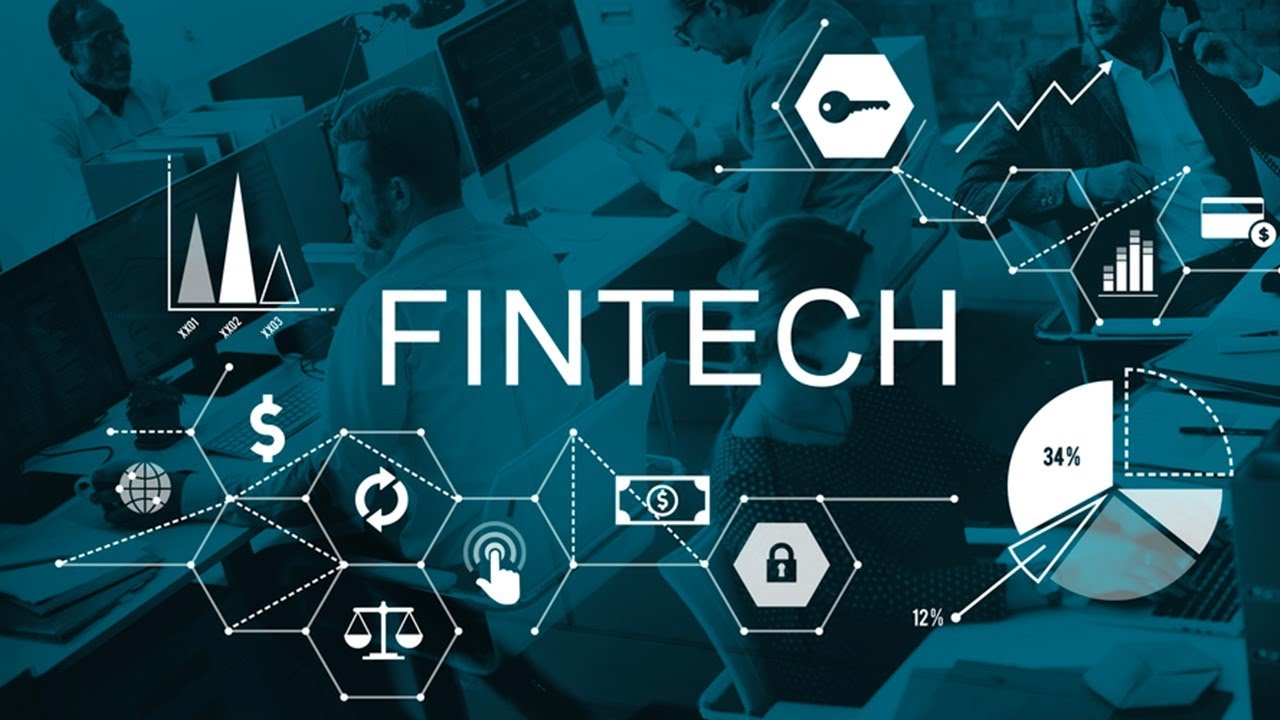Introduction: Digital Finance’s Next Frontier
The digital finance landscape is rapidly evolving. With the world becoming more connected and technology advancing at lightning speed, financial services are undergoing a revolutionary transformation. Enterprises are increasingly relying on innovative digital finance solutions to meet customer demands, enhance operational efficiency, and drive revenue growth. In 2025, digital finance is no longer just about digitizing traditional processes; it’s about unlocking entirely new models through embedded finance, AI-driven fintech solutions, and blockchain applications. Yet, despite the excitement, this revolution comes with an array of complex challenges around security, regulation, and market adoption.
Through iMali’s exclusive research and industry expertise, this article explores the future of digital finance, focusing on underexplored elements crucial to enterprise success. It uncovers the unique opportunities, challenges, and strategies that will define the next decade of digital financial innovation.
Overview of Emerging Digital Finance Innovations
Embedded Finance Goes Mainstream
Embedded finance, where financial services integrate seamlessly into non-financial platforms, is reshaping user experiences. From e-commerce sites offering real-time credit approvals to ride-sharing apps enabling instant payments, embedded finance removes friction from financial interactions. It’s estimated that the embedded finance market will exceed $500 billion by 2030, largely driven by enterprise adoption.
AI-Driven Fintech Solutions
Artificial intelligence is revolutionizing everything from credit risk assessment to fraud detection. AI-powered automation improves decision-making speed and accuracy. Enterprises deploying AI fintech solutions see enhanced compliance automation, real-time anomaly detection, and personalized customer experiences.
Blockchain and Decentralized Finance (DeFi)
Blockchain technology provides transparency, traceability, and immutability for transactions. Enterprises leverage blockchain not only for cryptocurrency payments but also for supply chain finance, trade settlements, and cross-border remittances. Decentralized finance models are shifting control away from centralized intermediaries, promising cost reduction and increased accessibility.
Key Challenges in Digital Finance Adoption
Despite the promise, enterprises face significant barriers in digital finance adoption.
Security Challenges
Increasing digitization introduces significant security risks. Payment fraud is becoming more sophisticated with AI-enabled attacks bypassing traditional systems. Protecting customer data and transaction integrity demands next-generation security intelligence that integrates across APIs, user devices, and backend infrastructure.
Regulatory Compliance
Regulations like PSD3 in Europe, AML/KYC mandates globally, and GDPR create a complex compliance environment. Enterprises must navigate fragmented regulatory frameworks that often contradict each other. Automated compliance solutions remain partial, requiring manual oversight that limits scalability.
Customer Data Privacy
Digital finance solutions rely on extensive data collection, raising privacy concerns. Consumers demand transparency and control over their data. Enterprises must balance the need for data to deliver personalized services while ensuring robust privacy protections to maintain trust.
iMali Insights: Closing the Digital Finance Gap
Our proprietary research at iMali reveals critical intelligence gaps hindering enterprise digital finance success. While many companies deploy new fintech tools, they lack comprehensive, integrated payment intelligence that unites security, compliance, and operational insights.
Payment Intelligence Integration
iMali is pioneering platforms that seamlessly integrate real-time payment data, fraud analytics, and compliance monitoring into a unified intelligence framework. Unlike isolated solutions, this holistic approach enables enterprises to detect emerging risks quickly and optimize payment strategies dynamically.
Enterprise Fintech Research
Through extensive case studies and surveys across industries, iMali identifies best practices for fintech adoption and operational excellence. Our research exposes hidden integration costs and highlights technology architectures that drive the highest ROI.
Business Impact: Growth, Risk & Revenue Opportunities
Fintech Growth Strategies
Enterprises embracing digital finance innovations gain significant competitive advantages. Faster payment processing, seamless customer journeys, and advanced risk mitigation translate directly into increased revenues and market share.
ROI of Digital Finance
Research shows that investment in AI-driven compliance and payment intelligence platforms reduces fraud losses by up to 75% and enhances operational efficiency by 40%, delivering substantial cost savings and revenue protection.
Revenue Expansion through New Models
Digital finance enables business models like subscription billing, embedded lending, and real-time cross-border remittances, opening new revenue streams. Monetizing payment data insights also represents a growing opportunity for enterprises.
Technology Trends Shaping Digital Finance
AI in Finance
Machine learning models help predict creditworthiness, detect anomalies, and optimize pricing dynamically. AI-driven chatbots improve customer interactions and reduce service costs. Continual innovation in AI enhances adaptive security frameworks for payment systems.
Cloud-Based Fintech Solutions
Cloud infrastructure provides scalability and resilience critical for global digital finance operations. APIs hosted on cloud allow modular fintech service orchestration, enabling rapid deployment and upgrades without disrupting business continuity.
API Integration Advancements
Standardized and composable payment APIs facilitate seamless fintech ecosystem interoperability. Enterprises adopting API-first approaches achieve faster innovation cycles and reduce vendor lock-in risks.
Regulatory Influences & Global Policy Trends
Evolution of Fintech Regulations
Policymakers worldwide balance fostering innovation with protecting consumers. Regulatory sandboxes accelerate digital finance experiments under supervised conditions. International collaboration attempts to harmonize compliance standards, but significant fragmentation remains.
Compliance Automation
Regulatory technology (RegTech) solutions using AI and automation reduce manual compliance burden. However, constraints exist, requiring enterprises to develop hybrid compliance frameworks combining automation with expert oversight.
Customer Experience & Market Adoption
Digital Banking Penetration
Increasing smartphone adoption and internet accessibility drive rising digital banking use, especially in emerging markets. Customers value convenience, security, and personalization, pushing enterprises to innovate rapidly.
Fintech Customer Experience
User-centric design, instant onboarding, and transparent pricing distinguish successful fintech offerings. Customer trust is paramount, built through robust security and data privacy measures.
Future Outlook & Strategic Recommendations
Vision for 2030
By 2030, digital finance will integrate deeply with daily life via embedded services, AI-guided financial management, and blockchain-empowered transparency.
Recommendations for Enterprises
Invest in comprehensive payment intelligence platforms combining AI, compliance automation, and operational analytics. Prioritize end-to-end integration and continuous innovation to stay competitive.
Conclusion: The Road Ahead for Digital Finance
Digital finance offers unparalleled potential to transform enterprises. Harnessing emerging technologies with strategic intelligence enables businesses to drive growth while managing evolving risks. Through innovative research and practical solutions, iMali stands at the forefront, empowering enterprises to master the future of finance.






